Image
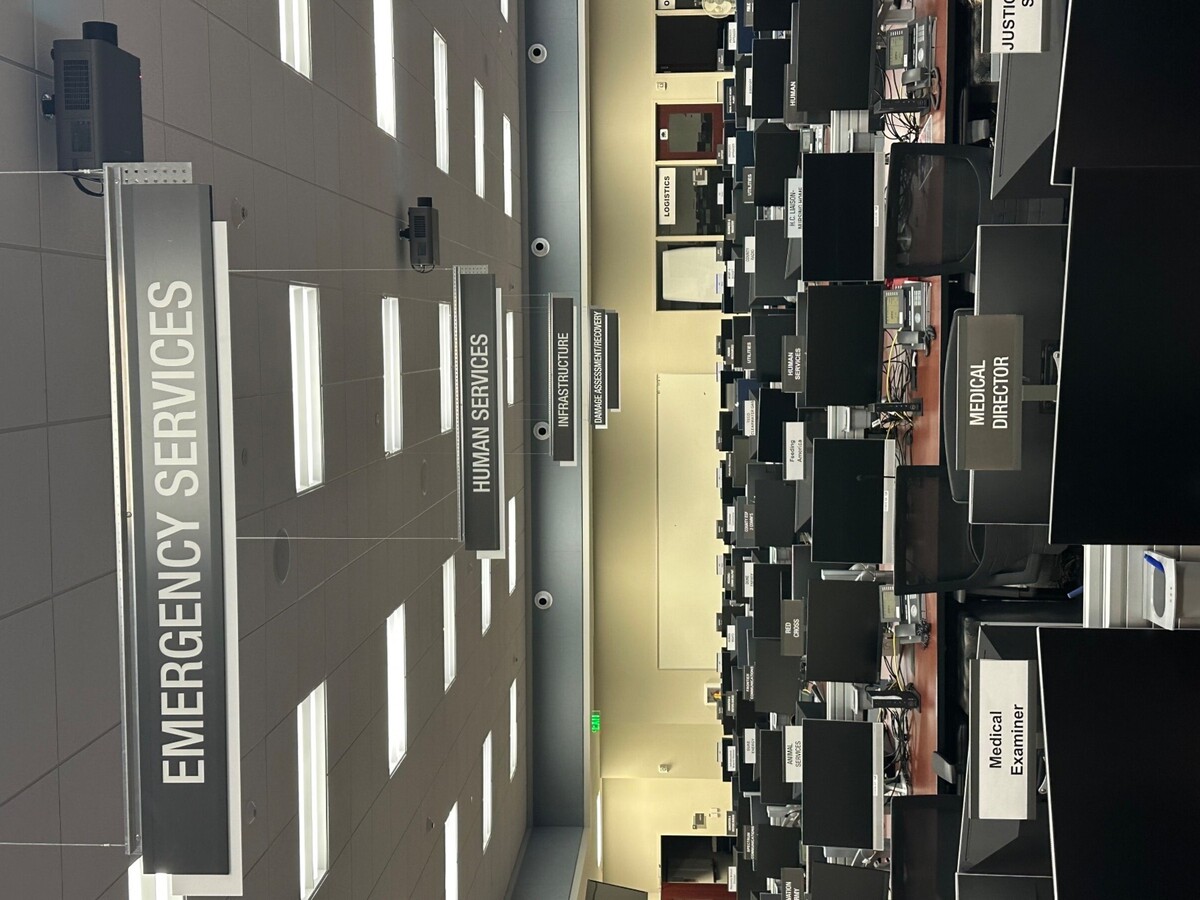

I never knew it existed, as I took the elevator to the second floor of the Pinellas County Sheriff's Office Administration building. I am about to give you a secret insiders look at the Pinellas County Emergency Operations Center. Remember the 1983's movie "War Games?" The setting was a government bunker that served as an Emergency Operations Center for a national emergency. Until yesterday, I didn't realize that those theatrical settings were based on real life war rooms, and we have one right here in Largo in Pinellas County, Florida.
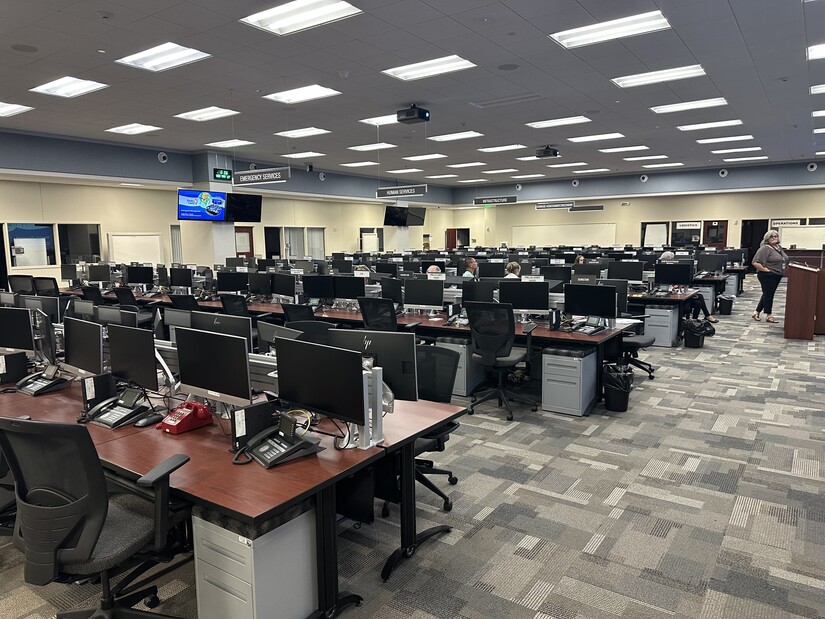 Pinellas County Emergency Operations Center in Largo, Florida
Pinellas County Emergency Operations Center in Largo, FloridaThe Emergency Operations Center is overwhelming. Now sitting dormant are the row after row of meticulously scripted cubicles within the command center. Health and Human Services. SunStar. Sheriff's Office. Media relations. Each has a place. Picture the real life war games as they play out in this EOC. Synchronized. Organized, when the life or death of Pinellas County residents rests within this proficiencies of this inner brain of emergency response. The magnitude of decisions that have been made and will be made in this space are game changing. White boards. TV walls larger than you can imagine. Coffee machines, hundreds of phones, HAM radios. The ghost town of the emergency operational center that can spring to life on the command of the County officials that oversee emergency management for our county of 1,000,000 residents whose safety lies in the shadows of a command center they don't even know exists.
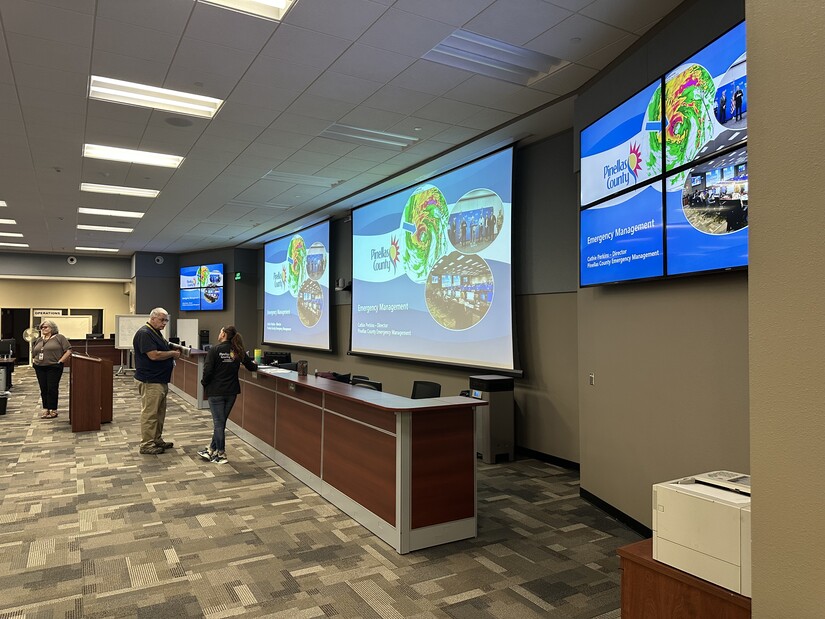 Real life WAR GAMES at the Pinellas County Emergency Operations Center
Real life WAR GAMES at the Pinellas County Emergency Operations CenterI was there in a new volunteer capacity for Tidings as a brand ambassador for the National Weather Service. Pinellas County is now recruiting people like you and me to serve as Emergency Management "EMbassadors" to our sub-communities within the county. Business leaders, church members, neighborhood associations - the county wants to mobilize you as a volunteer to the communities you live in and work in every day as part of the Pinellas County Emergency Management EMbassador Program. This new team of volunteers will get trained by the County to bring messaging of emergency preparedness and disaster recovery directly into the communities we live in, work in and play in.
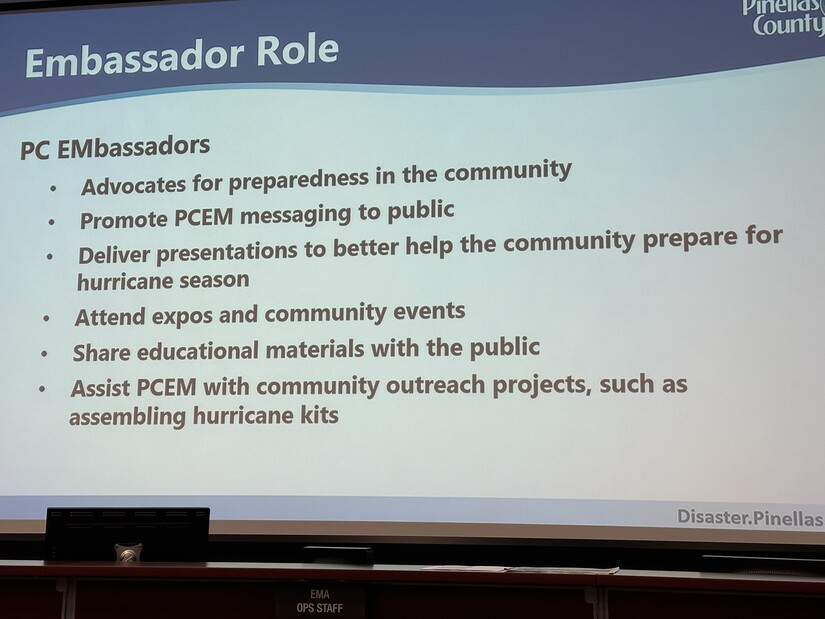 Pinellas County EMbassador Program Objectives
Pinellas County EMbassador Program ObjectivesIf you are interested in public speaking, community outreach, emergency management, disaster preparedness, or helping in your community expos, there's a place for you to volunteer with Pinellas County Emergency Services. You can join the Pinellas County Emergency Management Disaster EMbassador program! (note that this a completely separate initiative than the Tidings Storm Watchers.) Pinellas County is seeking volunteers to assist with community outreach. In this role, you will help educate the public about how to prepare for emergencies, what to do during and after an emergency, attend community events, and distribute outreach materials.
One of the easiest ways to get additional information is to email ema@pinellas.gov and tell them you heard about them on Tidings Media and want more information on the EMbassador volunteer opportunities. They'll reply with an invitation to the next training session (scheduled for June 1, 2023 and every few weeks thereafter they will be hosting volunteer orientations!) They have a well organized training program that will get you expertise and fluency in talking about storm preparations, storm operations, and storm aftermath.
Pinellas County has 265 mobile home parks with over 44,000 mobile homes. They're at high risk for high wind and tornadoes. In addition, the county has 174 assisted living facilities, each of which needs a specialized emergency operations plan. Add to that 70 nursing homes, and 17 hospitals. You can see why the Pinellas County Emergency Management team needs an army of skilled and pre-trained volunteers.
Let me take you inside of one of the rooms at the Emergency Operations Center- the CIC (County Information Center). This is where the front lines of the public face for Emergency Management is located. Using a combination of County personnel and volunteers the CIC is one of the first signs that a full scale emergency activation is about to happen. These are the "phone lines" of a specialized call center that springs alive at the very beginning of any local emergency.
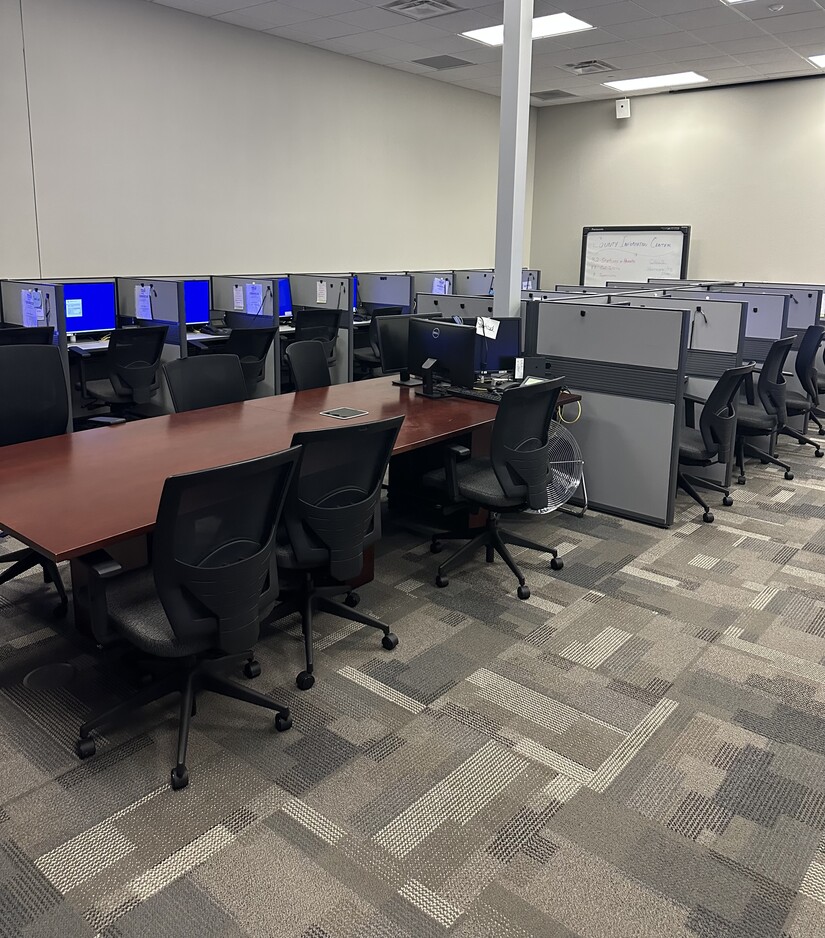 County Information Center inside Pinellas Emergency Operations
County Information Center inside Pinellas Emergency OperationsThe third floor of the building we are in houses the 911 dispatchers. The county's Safety and Emergency 911 team combines with the Sheriff's Department to form the 911 team on the third floor. They will transfer storm or emergency related calls down to the second floor County Information Center during an activation. When you see a phone number listed on a news report during a tropical storm or hurricane, those storm related community calls may be routed in to the CIC. There, phone operators have been briefed on the latest in Pinellas County emergency management, and they're talking directly with us public residents. They're giving you information, looking up your evacuation designations based on your address, and providing answers to your emergency storm related questions. They're the front lines of the public engagement with Emergency Management in Pinellas County. They're usually the first to activate during an emergency, and they're generally one of the last departments to close down as the emergency subsides.
Here's a look inside of another specialized room, the all volunteer HAM RADIO area.
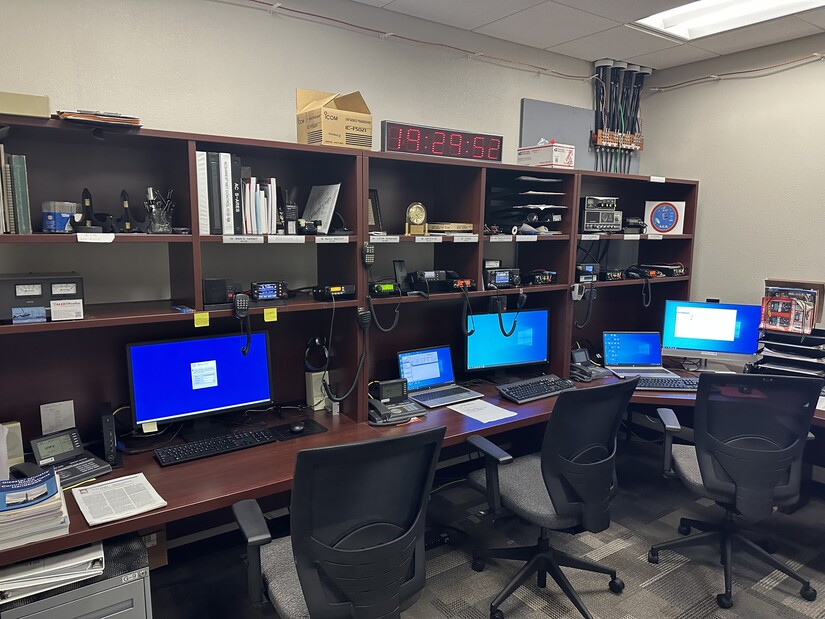 HAM Radio Room Inside the Pinellas Emergency Operations Center
HAM Radio Room Inside the Pinellas Emergency Operations CenterHam radios, also known as amateur radios, can play a crucial role in facilitating communication during environmental emergencies. Here are some ways in which ham radios can assist in such situations:
It is important to note that operating ham radios requires a license, and operators must adhere to regulations and guidelines set by the respective national regulatory authorities. In Pinellas County, the HAM radio operators staff this special room to provide around the clock emergency communications, serving as a vital link in the event of regular communication disruptions. They are broadcasting information to fellow HAM radio recipients in the community, as a complete redundant system capable of maintaining emergency messaging in the worst of environmental communication disruptions.
This article is getting long, and there is so much more to cover! The best we can do from Tidings is to encourage you to get involved.
What can you do?
1. Volunteer to help teach your community the basics of storm prep, storm survival, and storm recovery. Email ema@pinellas.gov, and make sure you tell them Tidings Media sent you for their Pinellas County Emergency Management Disaster EMbassador Program. Attend the upcoming training on June 1 for an hour.
2. Volunteer to work during an emergency at the County Information Center (CIC) by emailing ema@pinellas.gov
3. Don't forget, Tidings is still looking for weather spotters (email pr@tidings.media with your name, email, phone, county) and we'll get you some weather spotter training in June
4. Sign up for ALERT PINELLAS, a free emergency notification service for Pinellas County Residents. Register to receive alerts for local emergencies and other urgent situations. www.pinellascounty.org/alertpinellas

5. Get the READY PINELLAS app on your smart phone. Ready Pinellas makes it easy for residents to prepare themselves and their families before and during a storm. It's available as a free download on the Apple App Store and Google Play.
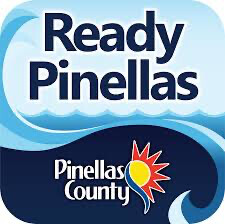
6. Attend the Pinellas Hurricane Preparedness Expo with your family on Saturday June 3rd. See the Tidings Media calendar for details!
7. Have your friends and family get a free subscription to Tidings Media as we're now affiliated with NOAA and the National Weather Service and we're developing a direct communications pipeline for emergency service notifications from the National Weather Service.